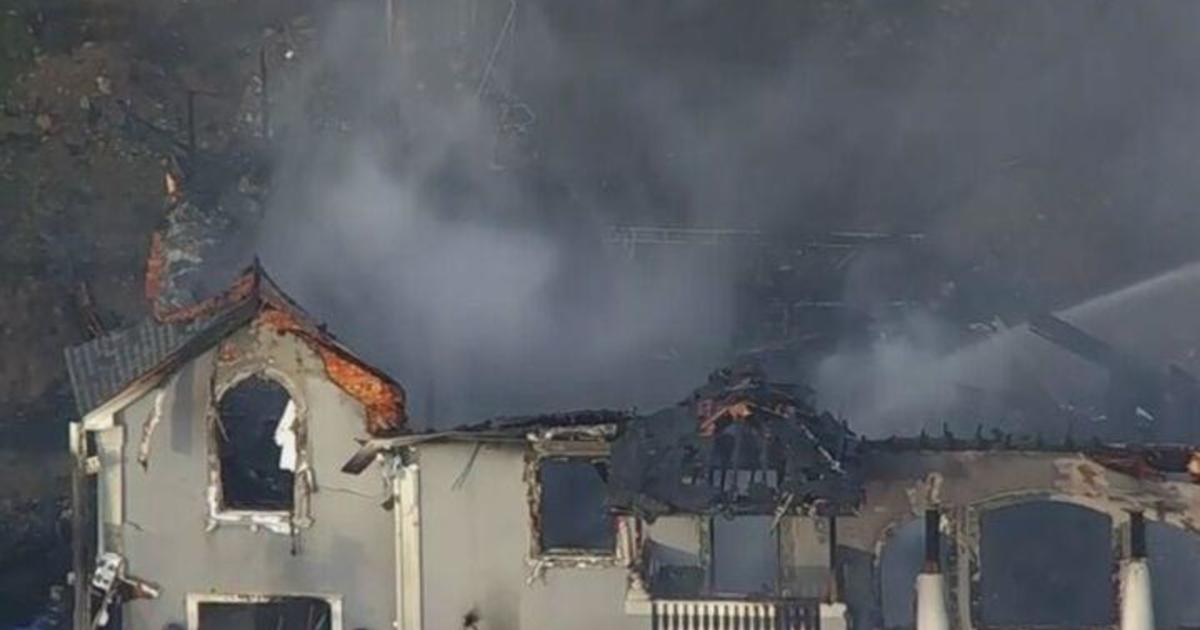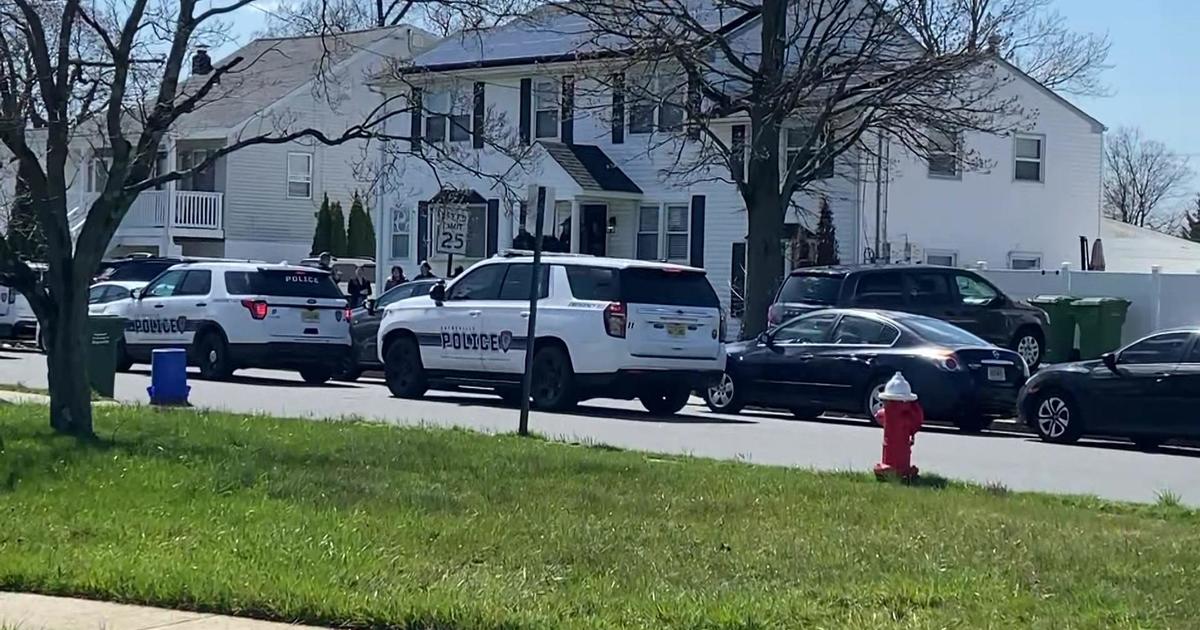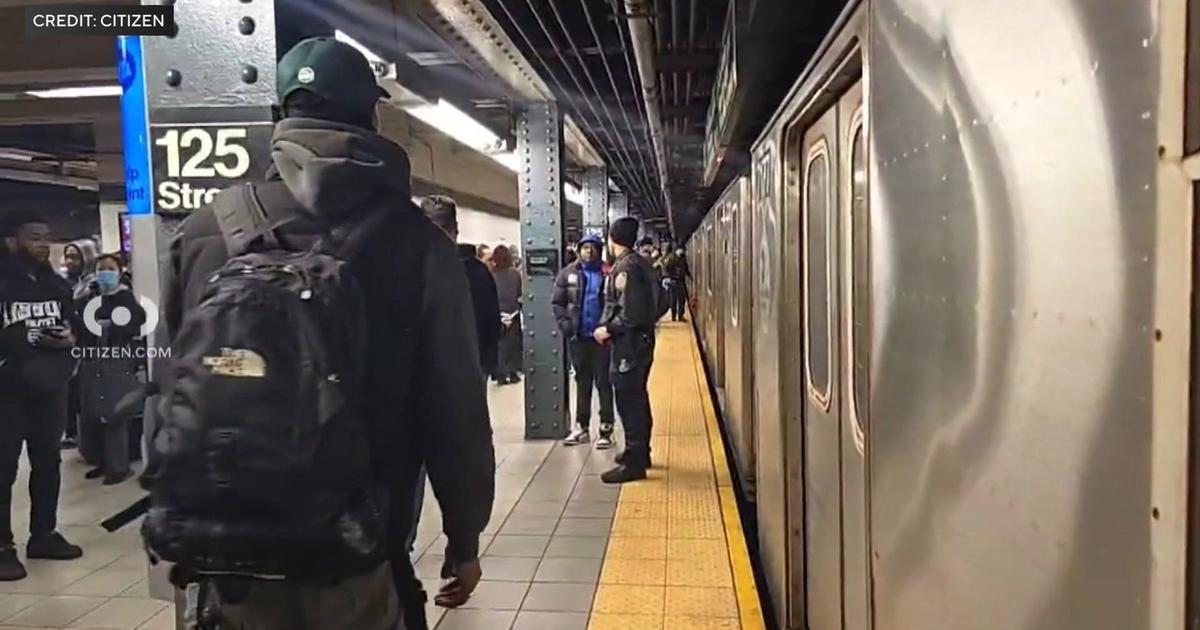Transit Officials Review Safety After Deadly Metro-North Train Crash
NEW YORK (CBSNewYork/AP) -- Metropolitan Transportation Authority Chairman Thomas Prendergast says officials are reviewing safety practices at railroad crossings after an SUV drove onto the tracks and collided with a Metro-North train.
Prendergast said Wednesday the agency is partnering with a nonprofit that educates the public about the dangers at railroad crossings.
"You can enforce it, you can issue summons, you can do a lot of things," Prendergast said. "But if you tell people that they have a likelihood of being severely injured or killed, it changes behavior."
Transit Officials Review Safety After Deadly Metro-North Train Crash
The Feb. 3 crash in Valhalla sparked an explosion and fire that burned out the first car of the train and sent pieces of third rail stabbing through the passenger area. Ellen Brody, the woman driving the SUV, and five men on the train were killed.
The National Transportation Safety Board is investigating the crash.
Although the exact cause of the collision has not been determined, Brody's SUV was stuck inside the railroad crossing gates moments before the train hit. Instead of backing up, she drove forward onto the tracks, authorities said.
The crossing where the crash occurred has no barrier between the street and the tracks. Prendergast said such crossings present safety issues.
"We discussed this accident in detail earlier this morning and that's the beginning of a dialogue with respect to grade crossing safety, which is one of our highest priorities," Prendergast said.
In rare instances, the MTA has been able to elevate or lower the tracks, such as with a project at a Long Island Rail Road crossing years ago that cost $85 million, he said. But that type of major improvement is costly, time-consuming and can't work everywhere, he said.
"That's where you layer in technology, in the form of flashing lights, gates and other means of warning motorists to get off (the tracks),'' Prendergast said.
It's difficult to warn motorists and pedestrians about oncoming trains because the amount of time that passes between the moment the gates lower and the moment of impact varies drastically depending on how fast the train is moving and what type of train it is, Prendergast said.
"If a train is traveling 60 miles per hour, you've got to have 30 seconds,'' he said. "If the following train is at 15 miles per hour, you'll have twice as much time (to get off the tracks).''
MTA board members suggested safety improvements such as sensors that would alert a train of a vehicle on the tracks.
(TM and © Copyright 2015 CBS Radio Inc. and its relevant subsidiaries. CBS RADIO and EYE Logo TM and Copyright 2015 CBS Broadcasting Inc. Used under license. All Rights Reserved. This material may not be published, broadcast, rewritten, or redistributed. The Associated Press contributed to this report.)



